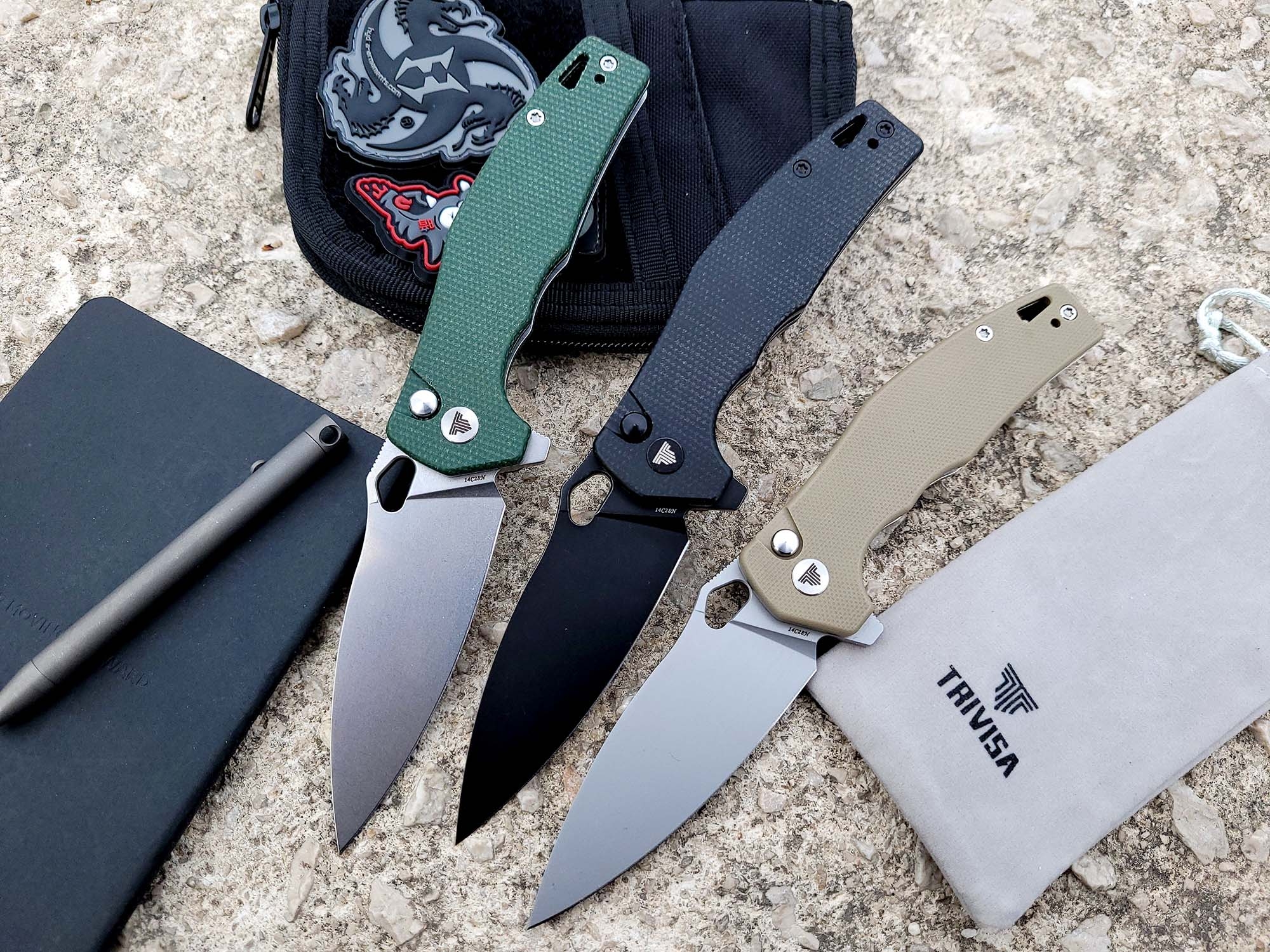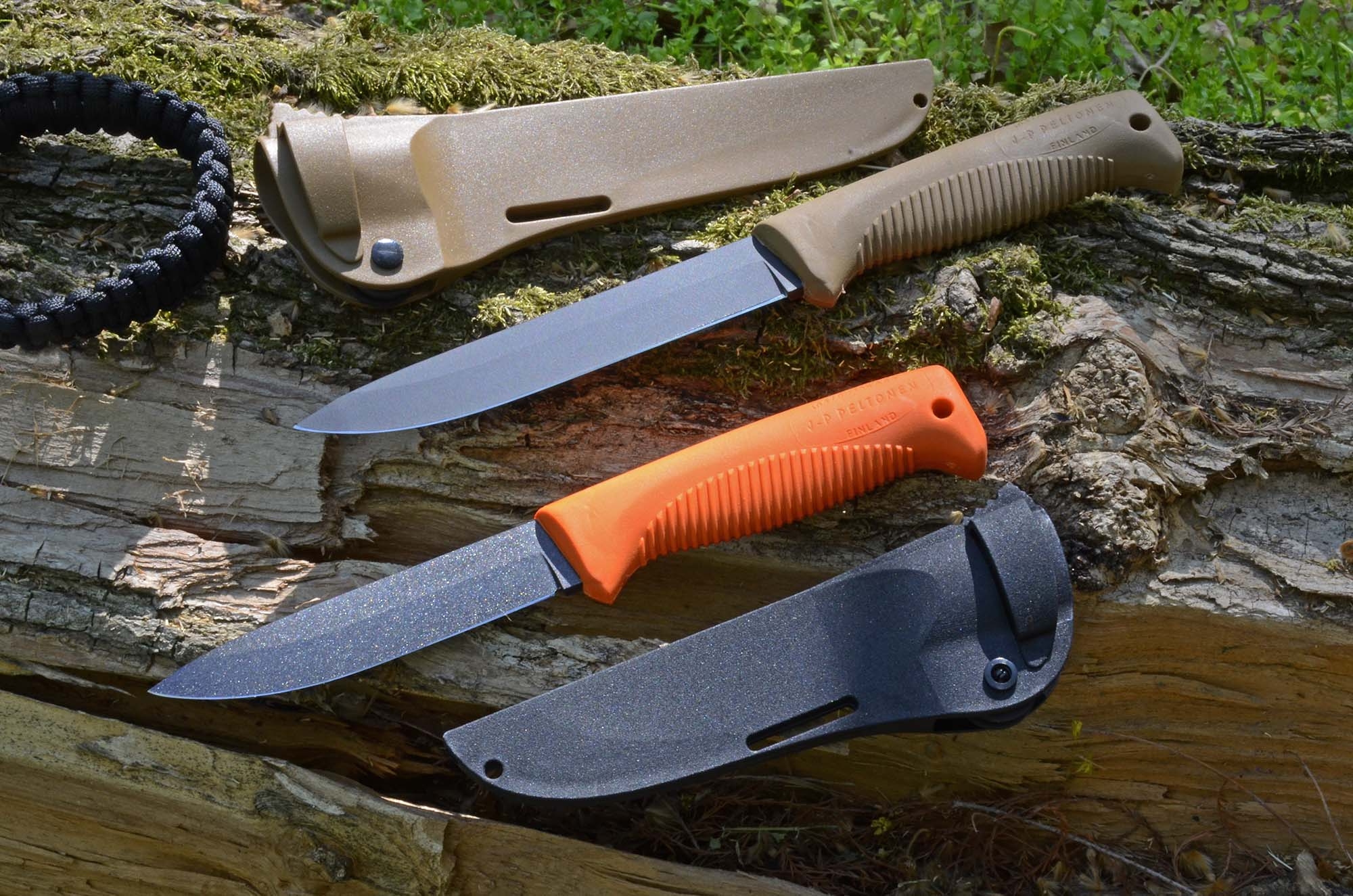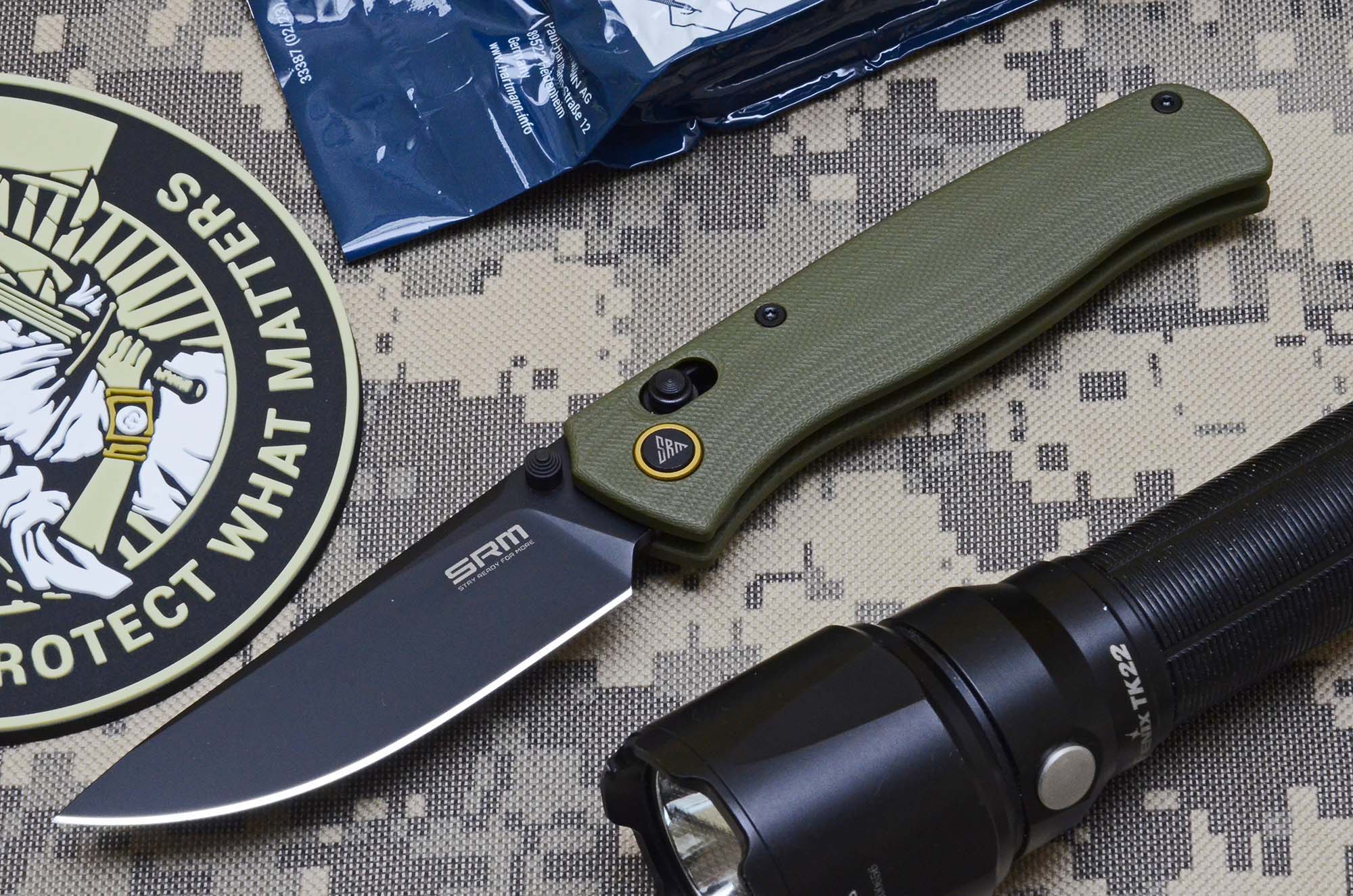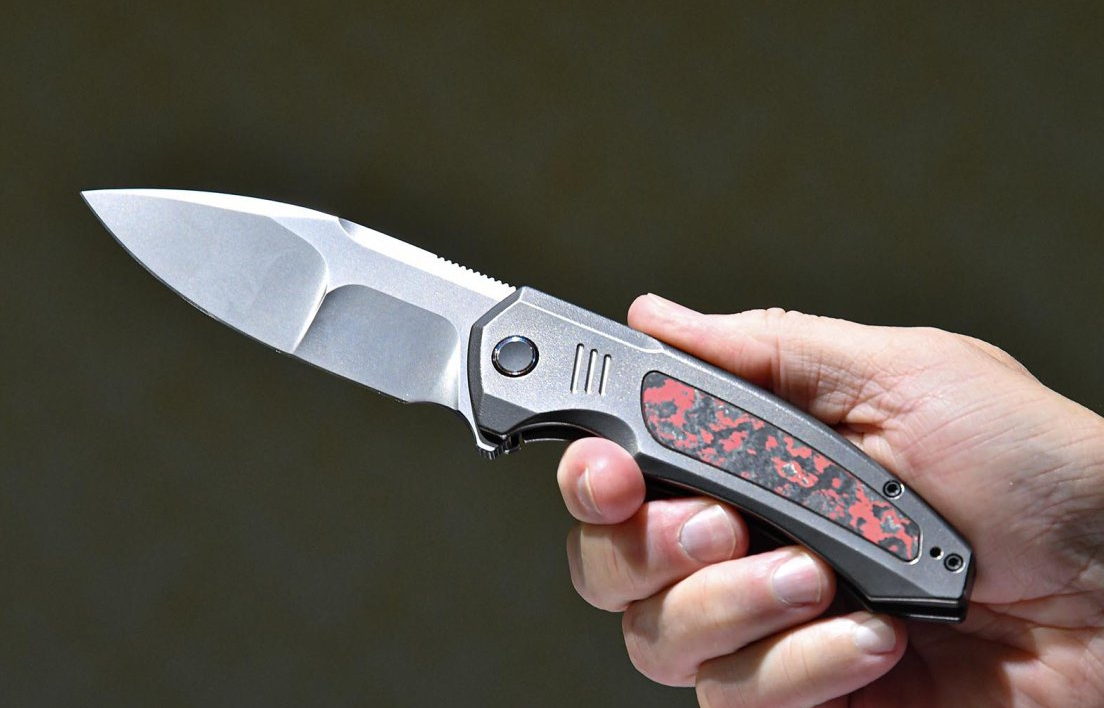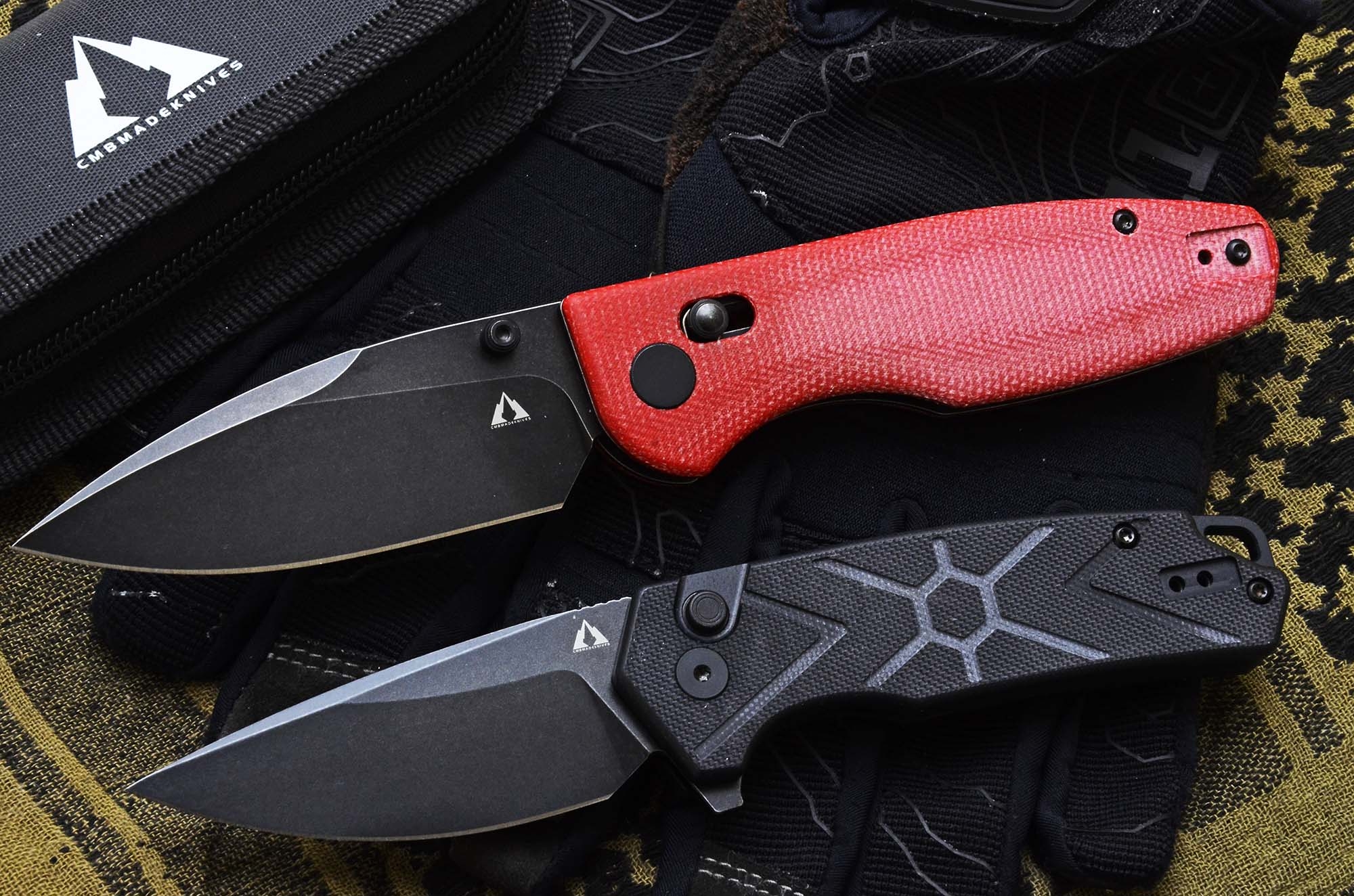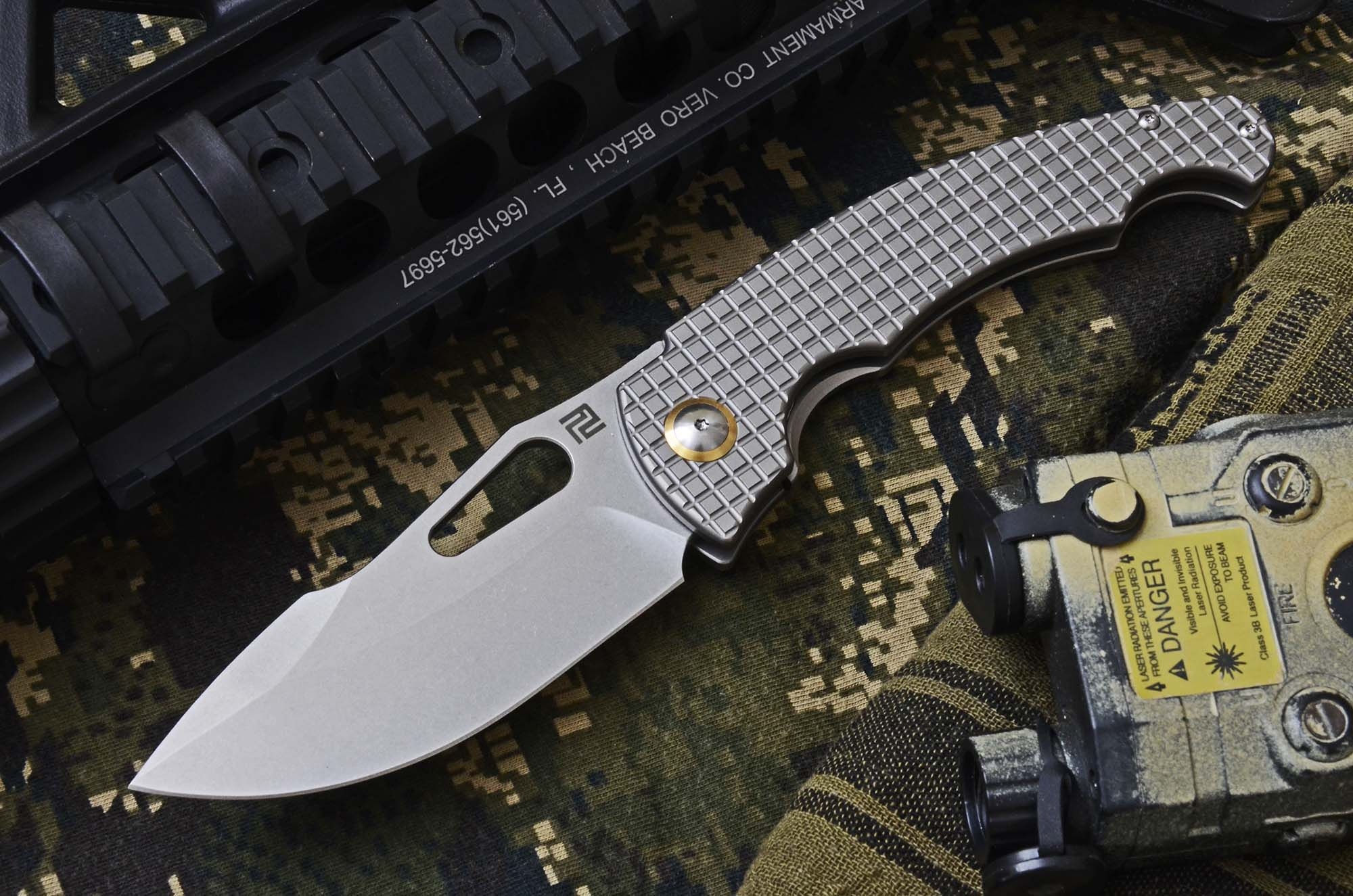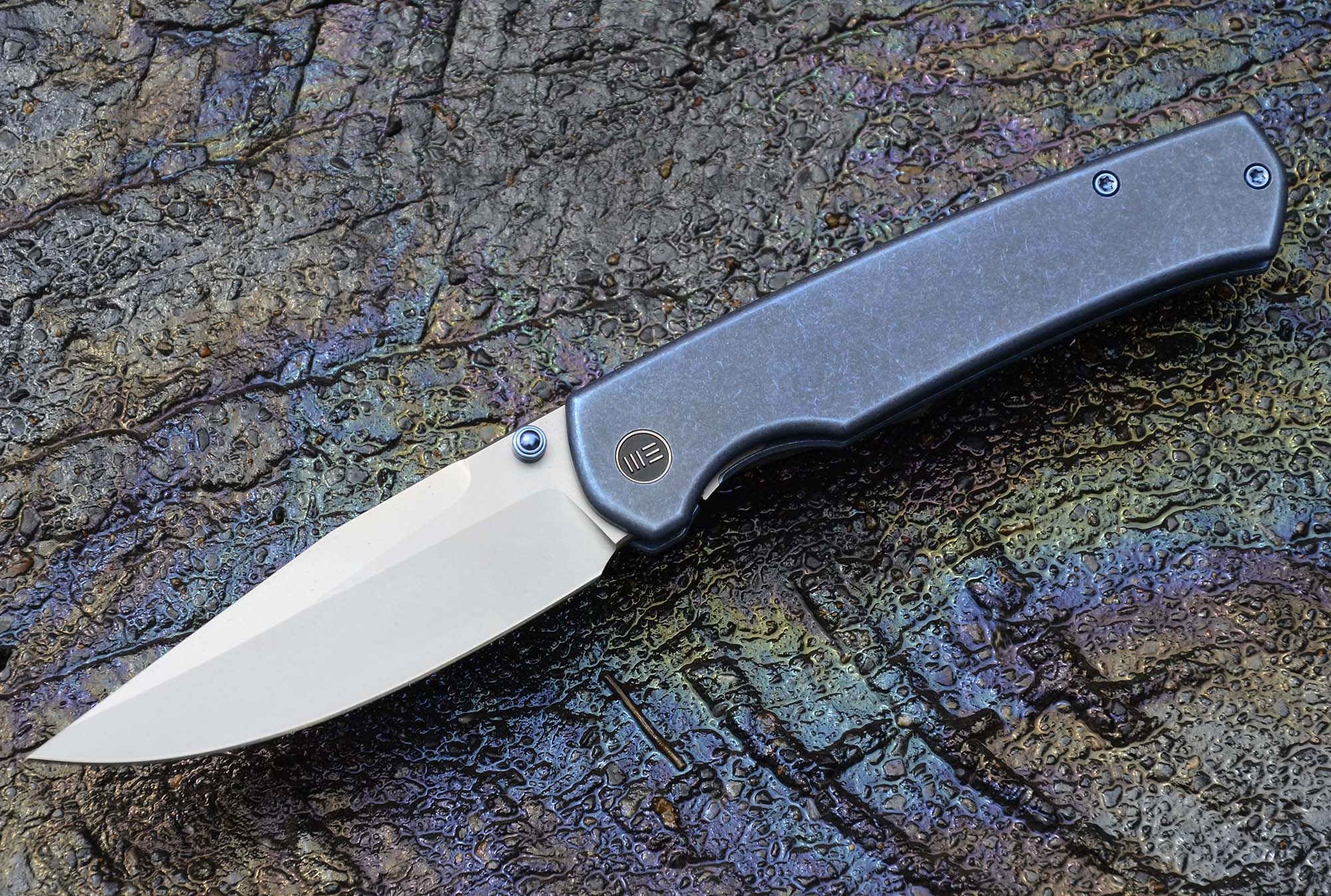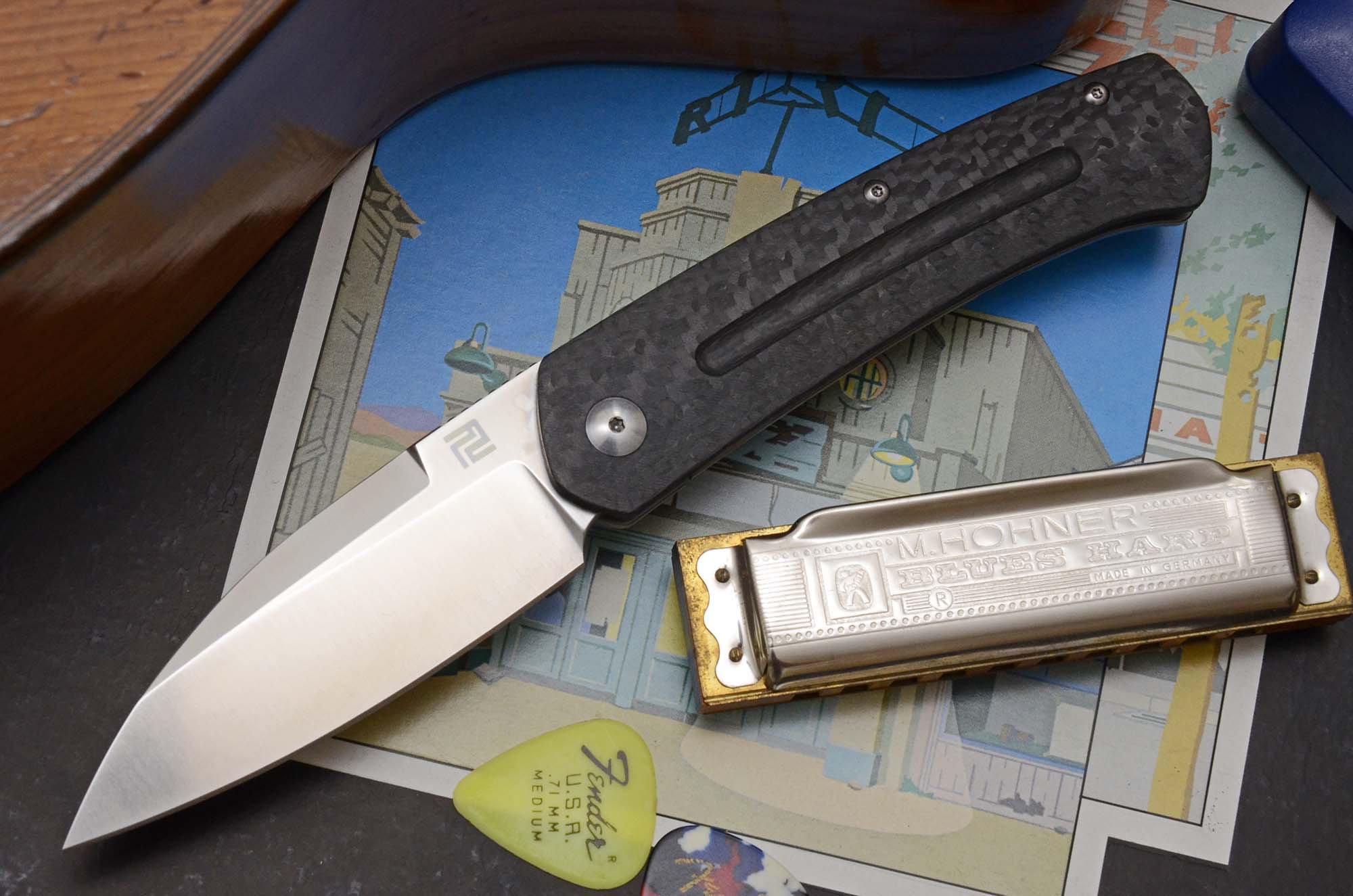Nessmuk: let's start by briefly explaining the origin of this particular blade profile with a strange name. Its birth is attributed to George Washington Sears (1821-1890), an American writer active in the second half of the 19th century. From the pages of the Forest and Stream magazine he was in fact the creator of the concept of outdoor recreation and environmentalism at a time when America was still a wild and hostile territory. A man with a fragile constitution and undermined by tuberculosis, Sears compensated for his frail body with an iron will that led him to carry out numerous solo canoeing explorations, embracing and spreading the Native American way of life. During his youth, George befriended a young Indian of the Narragansett tribe who taught him the secrets of hunting, fishing and survival. The Indian boy's name was Nessmuk, or "wood duck" in Algonquin, and Sears decided to adopt the name of the friend who had taught him so much as his own pseudonym. In his activity as a popularizer, George wrote the book Woodcraft and Camping in which he introduced the concept of "Nessmuk Trio" with an illustration by his hand, that is a set composed of a two-blade axe, a knife with two folding blades and a fixed blade knife featuring a belly blade profile, particularly suitable for skinning moose and reindeer. In fact, the knife designed by Sears is nothing more than a variant of the buffalo skinner, traditionally featuring a 5-inch blade. It was a common tool in 19th-century America, so it is plausible that it served as an inspiration for our writer.
George Sears claimed that the Nessmuk set was the best combination to face the outdoor life and you have to believe him. Over the years, the Nessmuk knife has proven its versatility in the hands of trappers, hunters, gold diggers and explorers, becoming a classic of US knifemaking, perhaps less well known than the Bowie knife and the Arkansas Toothpick, but equally iconic.
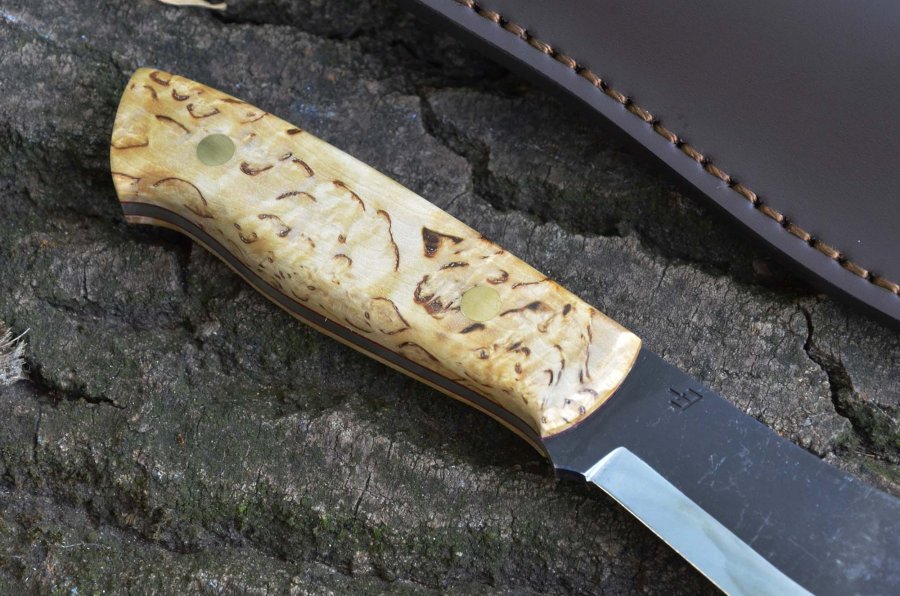
About one hundred years later, in Finland....
Brisa knives was born in Finland in 1995, the result of the collaboration of two friends who love outdoors life. Initially their goal was to build special blades for their ice skates, but we known that the passion for knives leads to do strange and beautiful things. So at the end of the 1990s the Trapper, the first knife marked Brisa, appeared on the market and success came quickly. Over the years the small company transformed and expanded itself, and today it manufactures not only a good number of folding and fixed blade knives, but also distributes knife making materials, from small parts to sanding machines. Over time, the Brisa knife catalog has expanded to include a model featuring a Nessmuk blade, in which two styles apparently so far apart in time and space coexist.
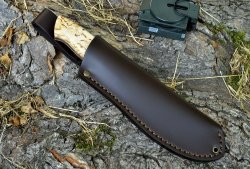
The Nessmuk 125 by Brisa Knives
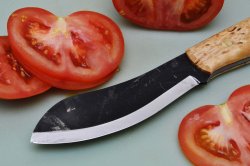
The Nessmuk 125 by Brisa Knives rather faithfully replicates the fixed-bladed knife designed by George W. Sears, so it sports a belly blade with a concave back made from 80CrV2 carbon steel, 5”/125 mm long, with a thickness of 0.137”/3.5 millimeters. Construction is full tang, so the knife is made from a single piece of steel, with the tang that follows the handle profile. To lighten the handle and better balance the knife, under the scales we find an oval milling. How do we know without disassembling it? Simple, the Nessmuk 125 is also sold as a kit, and this allowed us to see the bare blade on the manufacturer's website.
The blade has a typically Scandinavian finish, with phosphated sides and Scandi grind. Admittedly, it is a type of blade to which the eye must get used, but you should consider that knives were once used to cut and not to satisfy the aesthetic sense of collectors. In this case, no concession to aesthetics, at least with regard to the blade. The side phosphating itself is somewhat irregular, but adds a certain agricultural tool character to the Nessmuk. Where the knife satisfies the eye is in the Arctic curly birch handle, perfectly shaped and fixed to the tang with a pair of brass rivets. The Nessmuk 125 is also available with black or green Micarta handle, a material certainly more resistant but not as warm and fascinating. There is no guard, so during the most demanding jobs a certain attention is required. The Nessmuk 125 is accompanied by a beautiful Scandinavian leather sheath, so it leaves only about half of the handle uncovered. It is really very well made and matches the knife perfectly. Moreover, by ordering the knife through the company's website you can receive it in left-handed version.
Brisa Nessmuk 125: impressions of use
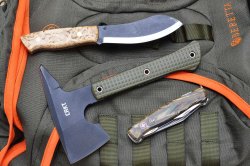
In order to correctly evaluate the Nessmuk it is necessary to place it within the "Trio" conceived by Sears more than 130 years ago. He had understood that there is no knife that can do everything in the best way. Surely, in his intentions the main purpose of the knife was to skin large game such as moose, deer and reindeer. For this task the curved blade of the Nessmuk 125 is perfect, and thanks to the Scandi grind the knife can be resharpened as easily as a Puukko knife. During our cutting tests we could appreciate the excellent factory sharpening of the Nessmuk 125 and the good qualities of 80CrV2 steel, usually used for tools and circular saws, and much loved by Scandinavian knife manufacturers. But it is not a knife for medium intensity work only, it is also very good at cutting vegetables and slicing salami. The Nessmuk 125 has no frills: the phosphated finish of the blade is irregular from the beginning, but it's ok because anyway the knife will get marked with use. The only concession to aesthetics is the possibility to buy a version featuring a premium curly birch handle at the price of 129 euros instead of the 99 of the standard model, which is not bad at all. Wrapping up, who will like this unusual hybrid knife? Me, and those like me who study knives in all their forms, but also those who love basic objects that are related to the great forests of the North, whether it's the old Europe or the New World. The price requested is fair considering the materials used and workmanship quality.
Brisa Knives Nessmuk 125 technical specs
| Manufacturer | Nisa knives - Finland |
| Model: | Nessmuk 125 |
| Type: | Full
tang fixed blade knife |
| Intended Use: | All-round |
| Blade
Profile: | Nessmuk |
| Blade
Material: | 80CrV2 carbon steel |
| Blade
Length | 5”/125 mm |
| Thickness: | 0.137”/3.5 mm |
| Overall Length: | 9.25”/235 mm |
| Weight: | 6 oz/170 grams |
| Sheath: | Leather |
| Price: | 99
euro (129 euro for the premium curly birch and Micarta handle versions) |
For more information: www.brisa.fi



